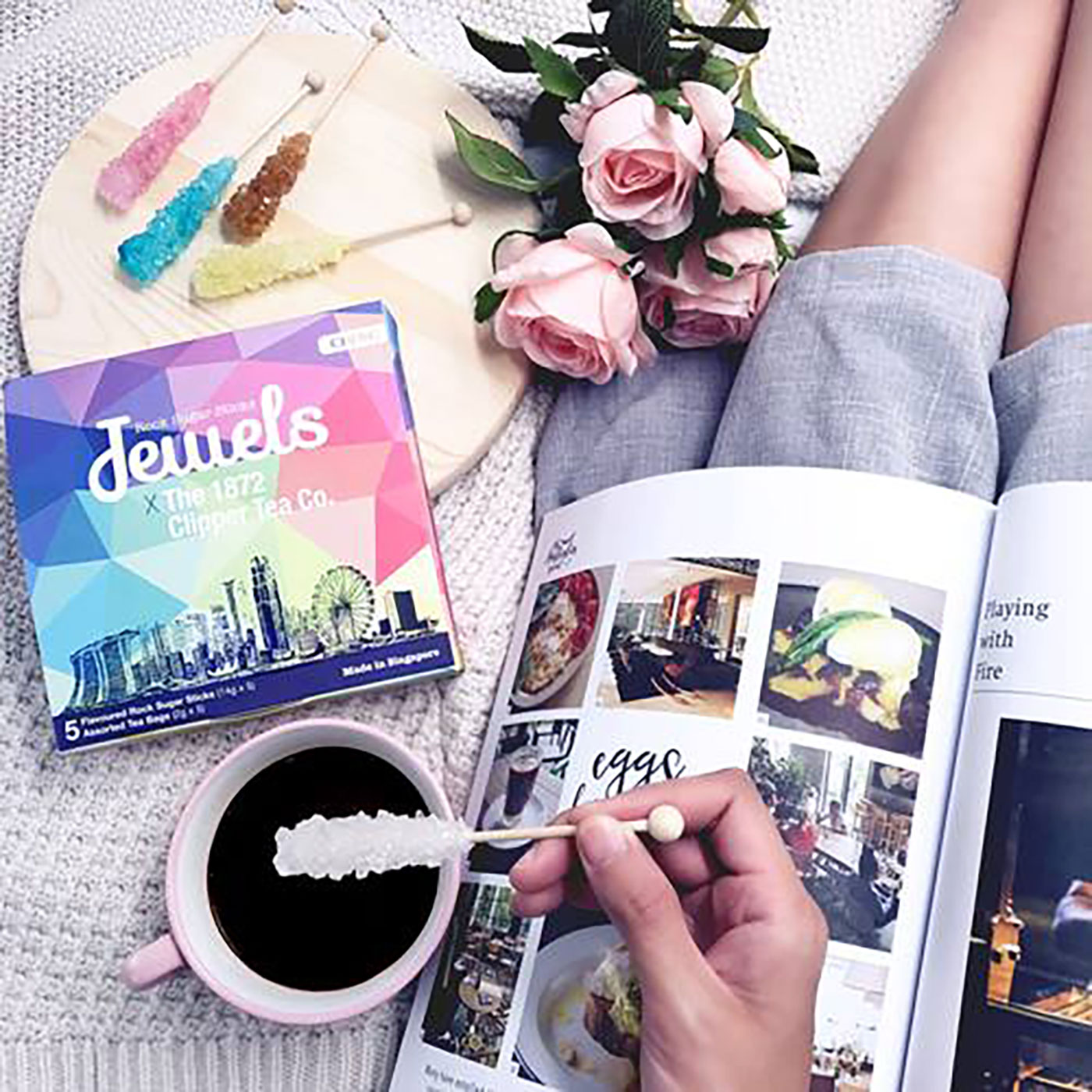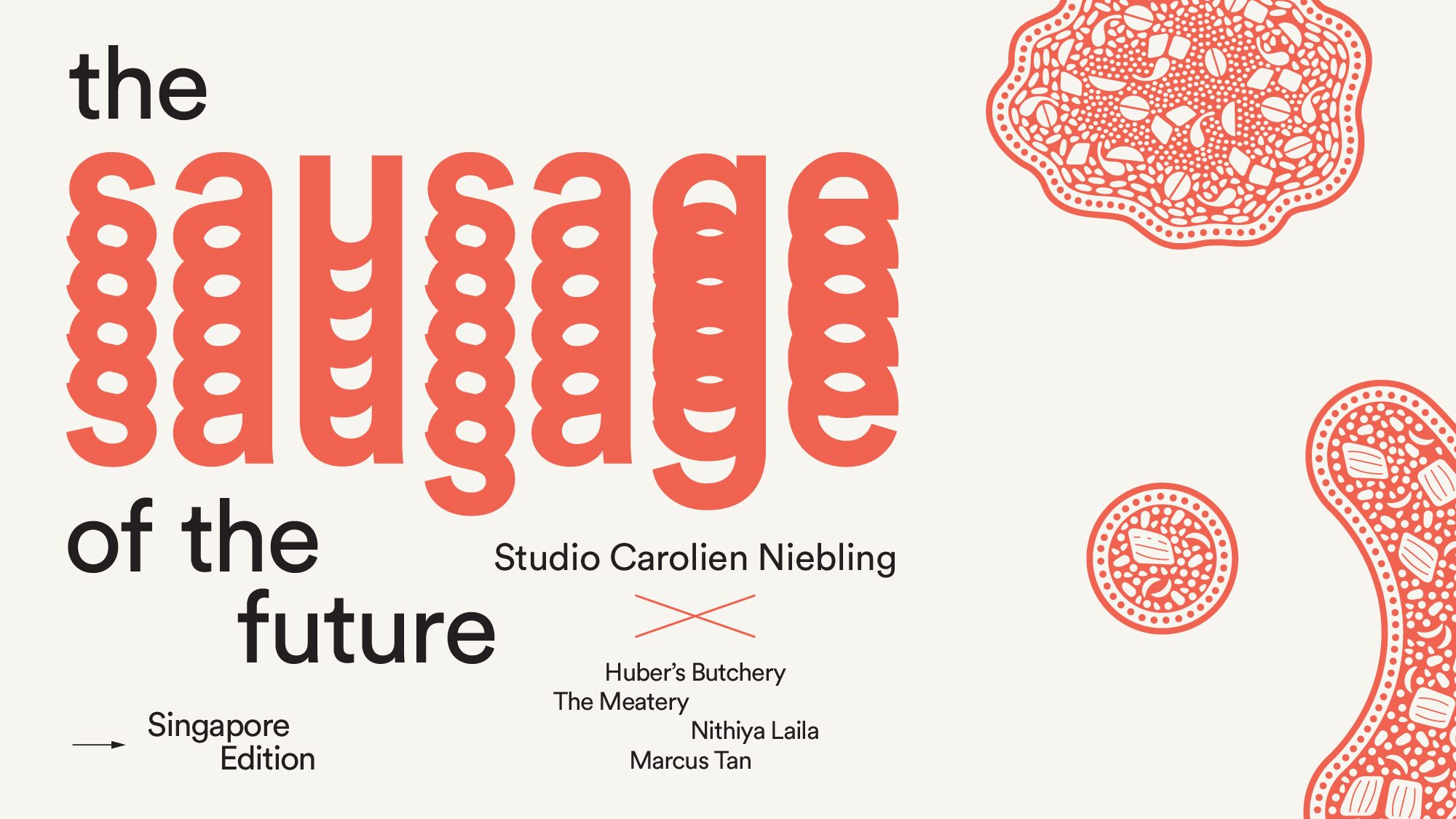How a 70-year-old rock sugar company transformed with design
A look at how Singapore’s largest rock sugar manufacturer Cheng Yew Heng Candy Factory Pte Ltd used design thinking to create a new product line Jewels Rock Sugar Sticks, which was released in 2016. Since the launch of Jewels, the company’s rock sugar revenue has seen a three-digit growth.
Challenge
In the early 2010s, Cheng Yew Heng Candy Factory Pte Ltd (“Cheng Yew Heng”), Singapore’s largest rock sugar manufacturer, was facing an increasingly competitive market, with cheaper alternatives coming from Malaysia, China and Thailand.

There was differentiation between rock sugar from these markets in terms of quality, but strong price competition made it irresistible for buyers to switch. The client base for traditional rock sugar in Singapore, mainly business to business companies, was stagnant.
On the consumer side, the use of traditional rock sugar was facing a decline. An ageing clientele used rock sugar for traditional Chinese cuisine such as bird’s nest soup, bak kut teh and prawn noodle soup. But these traditions had not been faithfully passed down to the younger generations, leading to a lack of knowledge on the proper uses and benefits of rock sugar, and the company projected lower demand for rock sugar in the near future.
Cheng Yew Heng felt the urgency to cultivate a new generation of consumers and increase their awareness and consumption of rock sugar. This was a market opportunity to increase business-to-consumer and business-to-business markets. However, they needed to change the younger crowd’s perception of rock sugar by introducing a new way of experiencing their products.
Solution
While on a business mission trip with Enterprise Singapore to San Francisco in 2013, Cheng Yew Heng Director of Business Development John Cheng attended a design thinking workshop.
This sparked a great interest in him to tap design thinking for product innovation and to relook business processes. However, even before Cheng could begin, he faced considerable push back from the management team as developing new products required huge investments in product design, marketing, machinery, and production.
It became top priority for Cheng to convince internal stakeholders first with a clear strategy, narrative and considerable cost saving measures to ensure the company was financially on track to afford product innovation.
This led to a three-year journey towards a new product line.
At the start, Cheng hired external business consultants to look at market gaps while internally exploring what could potentially be improved on in terms of processes and products. The team began with market research and design ethnography to understand and empathise with customer pain points better. This included identifying the key target audience – the younger generation.
Working in close collaboration with universities, polytechnics and institutes of technical education, Cheng Yew Heng developed a new methodology to crystallise rock sugar on a stick and the ability to infuse sugar with different colours and flavours.
Cheng Yew Heng tested the prototypes to get feedback. It discovered that the products were not just good as a stirrer but also as a candy that one could dip into the beverages.

Following the positive response from the focus groups on the rock sugar sticks, Cheng Yew Heng went on to design a complete consumer experience catering to the lifestyle market.
Previously, rock sugar was produced in either refined or coarse packets and simply stirred into the beverage or dessert. Now, the rock sugar would be packaged in its natural, crystallised state on a stick and produced in different flavours.
The new product would be experienced differently: consumers would be encouraged to taste the flavoured Jewels stick first, before stirring it in the beverage and then tasting it again. This changed the way consumers experienced rock sugar – either eaten as a candy on its own or dipped in coffee, tea, sparkling water, or cocktails. Some of the flavours included Singapore Sling, jujube, lemon fiesta, and French vanilla.

The new product meant having to introduce a new production line while the new experience would require a different marketing strategy to reach new customers. This meant creating targeted marketing efforts and strategic placements of the new products at specific stores where the young and trendy frequent, and also high-end departmental stores to entice the middle- to high-income groups.
After three years of R&D, product development and readying the processes, Cheng Yew Heng launched the new product line at Food & Hotel Asia in 2016.
Impact analysis
Since the launch of Jewels in 2016, Cheng Yew Heng’s rock sugar revenue has seen a three-digit growth. Follow-up market research showed that the millennials’ perception and knowledge of rock sugar had improved.
The item has also helped Cheng Yew Heng to enter the Chinese market. Although it was initially difficult to persuade local Chinese supermarkets to carry the new item, growing interest among Chinese consumers led to more than 100 mid-to high-end stores selling the Jewels line by the end of 2017.
Buoyed by its success in creating a new product, Cheng Yew Heng launched an incubator known as Innovate 360 in 2018 to inspire and lead innovation in Singapore’s food industry landscape. Supported by Startup SG, it is the country’s first food incubator with food manufacturing facilities that is aimed at helping companies develop, scale and commercialise their ideas. Six start-ups have benefitted from Innovate 360; three have secured external funding while Cheng Yew Heng has invested in two.








